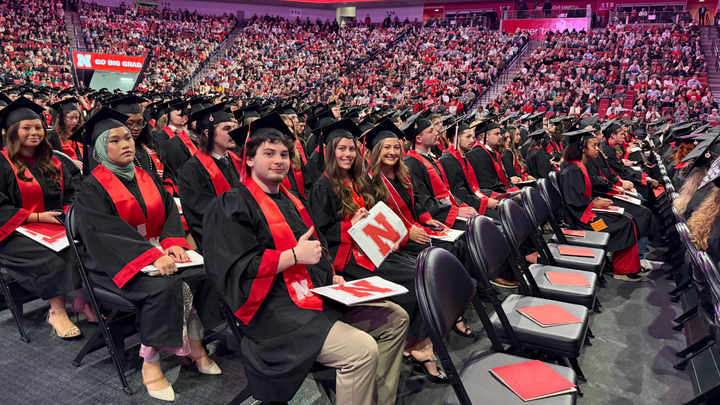The University tracks students' first destination after college for twelve months following graduation. Data collection for academic year 2020-2021 was just completed and we can now see where our students went after they graduated.
Data collection for each term is done in phases beginning with a survey available to students before graduation. This survey is followed by emails from Career Services three months following graduation and phone calls from the Bureau of Sociological Research at six months. The college has supplemented these data collection efforts with searches for student destinations on LinkedIn at six months and twelve months following graduation.
This data is limited to undergraduate students who graduated during AY 20-21. A total of 288 students were included in the surveys.
First Destination Rates
Following graduation, 69.8% (201) students gained full-time employment, 5.9% (17) went on to graduate school, 3.8% (11) obtained a post-graduation internship and data is not available for 20.5% (59).
Geographic Location
A large majority of graduates who pursued full-time employment, 68.2%, stayed in Nebraska, while 31.8% of graduates moved out of state. The most popular destinations were Illinois (6.5%), New York (3%), Texas (2.5%) and Missouri (2%).
Additionally, four graduates moved out of the country to South Korea, Malaysia, France and Great Britain.
Nebraska
The majority of graduates who remained in Nebraska stayed in Lincoln (81), although a significant number moved to Omaha (46). A few students moved to smaller Nebraska communities including Beatrice (1), Bellevue (1), Hickman (1), Kearney (1), Norfolk (1), Peru (1), Seward (2), Wahoo (1) and York (1).
Largest Employers
-
Redtrhead (4)
-
Sandhills Global (4)
-
LRS Healthcare (4)
-
Hurrdat (3)
-
Hudl (3)
-
Digital Sky (3)
-
Aerotek (2)
-
Spreetail (2)
-
Insight Global (2)
-
Vyral Marketing (2)
Industry Sectors
The North American Industry Classification System (NAICS) is the standard used by Federal statistical agencies in classifying business establishments for the purpose of collecting, analyzing, and publishing statistical data related to the U.S. business economy.
NAICS breaks the economy into 17 industry sectors, each with a number of sub-sectors. The traditional employers served by our college are included in the information sector (newspapers, radio stations, television stations, motion pictures and video production and publishers, including software developers/publishers) and the professional, scientific and technical services sector (advertising agencies, public relations agencies, marketing consulting firms and services).
For AY 20-21, most graduates, 49.5%, obtained employment in our traditional industry sectors, with 24.4% employed in the information and 25% employed in professional, scientific and technical services. However, a significant number took positions with businesses and organizations in alternative sectors.
Graduate Degrees
A small but important minority of students, 5.9%, chose to continue their education after obtaining their bachelor’s degree. A Master of Arts degree was the most popular graduate degree our students chose to pursue, followed by a JD.
Graduate Schools
The most popular grad school destination was the University of Nebraska-Lincoln, with four students remaining in CoJMC and one student enrolling in the College of Law. Four graduate schools are unknown, and the rest are spread across the US and Great Britain.



